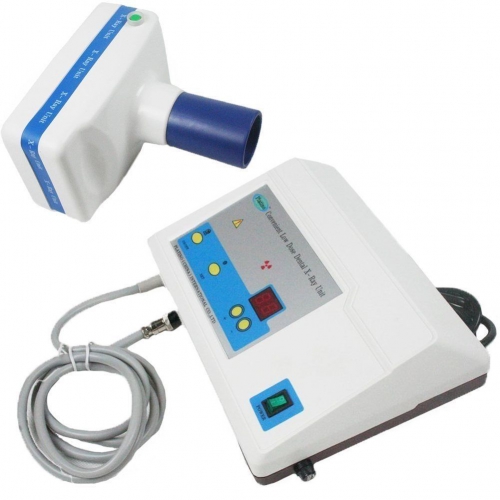Everyone wants to look young and attractive. And a bright smile is the most attractive way of showing it. So check out these dental tips to help you achieve a beautiful and younger smile.
Brushing your teeth on a daily basis is the most common practice among the human race. Most dentists recommend brushing your teeth at least twice a day and others will support the fact that each one of us should brush or floss after every meal. Toothpaste contains fluorine that enriches teeth and makes them stronger. Depending on your condition, your dentist can prescribe you a toothpaste with certain levels of fluorine.
Fluoride is commonly referred to as nature’s cavity fighter. It is a nutrient highly essential for your everyday water intake. Make it a habit of using fluoridated water as due to its neutrality it washes away residue and doesn’t leave behind any unwanted sugar. Its calorie-free composition keeps you away from risks such as cavities, therefore, keeping the mouth clean.
Crooked teeth are difficult to clean hence a predisposing factor to gum diseases and risk of getting tooth cavities. Apart from having an excellent appearance, straight teeth are healthy teeth. Wondering how to correct overbite naturally? Some of the best recommendations would be braces or aligners that gradually align your teeth to disable the overbite.
Improving oral health can also improve your overall health. Dental implants help create a healthier mouth and help reduce periodontal disease, a bacterially induced chronic infection and inflammatory disease. Periodontal disease does not resolve by itself. Left unchecked and allowed to worsen, it can lead to heart attacks, strokes, Alzheimer’s disease, diabetes and other chronic diseases( dental implant machine ).
Some people have white and sparkling, unique teeth. Some people go through whitening treatments(like led teeth whitening ) to remove the stains or to make their teeth whiter. You should check with your dentist for the best procedure or treatment for your teeth. Some medications are harsh and may cause more harm than good hence a prescription from your dentist would be the best option.
If you don’t have frequent appointments to the dentist, it means you are probably not experiencing any dental problems. Although, it is a good idea to visit your dentist at least every six months. These visits should entail check-ups and cleanings that will give the dentist a chance to detect any arising dental problems. The dentist is likely to provide you with more dental tips for a younger smile.
